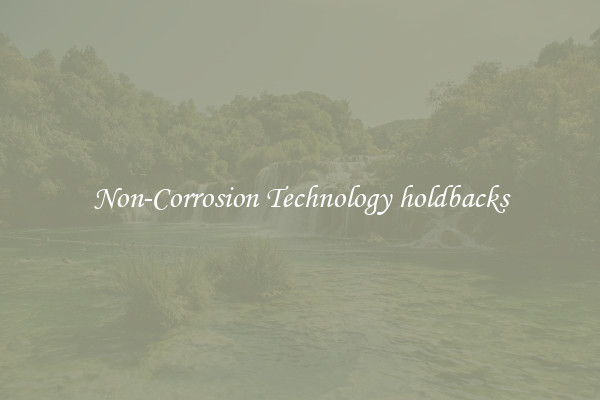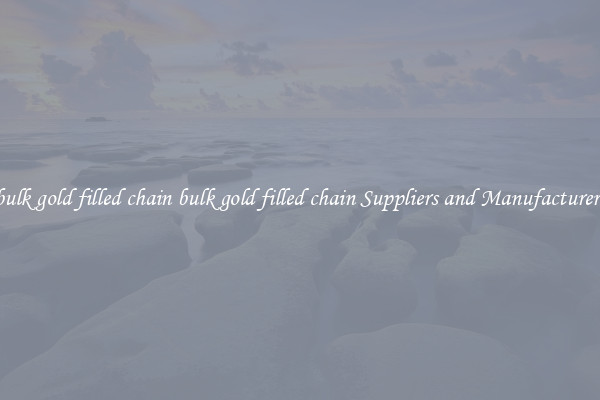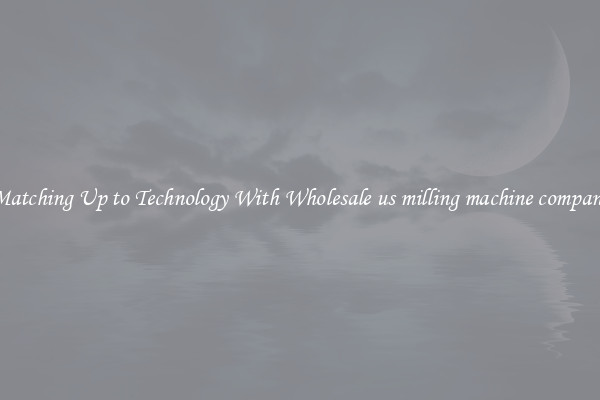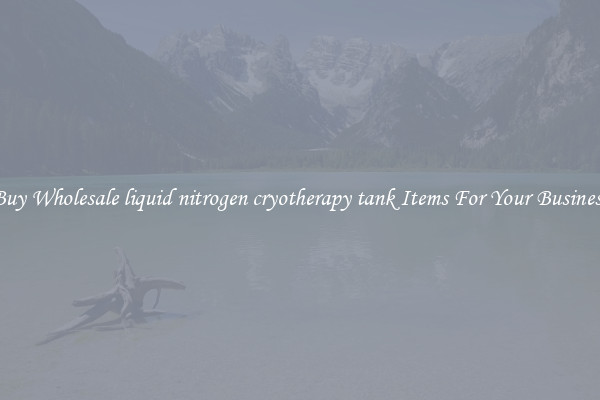Non-Corrosion Technology holdbacks
Non-Corrosion Technology: Overcoming its Holdbacks

Corrosion, caused by the chemical reaction of metal surfaces with oxygen and moisture, is a significant concern for many industries and sectors. It leads to structural damage, safety issues, and financial losses due to repairs and replacements. To combat this ongoing problem, non-corrosion technology has emerged as a promising solution. However, despite its potential, non-corrosion technology faces certain holdbacks that limit its widespread adoption and effectiveness.
One of the main holdbacks of non-corrosion technology is its high initial cost. Compared to conventional corrosion prevention methods, such as coatings and protective paints, non-corrosion technology can be relatively expensive. This financial barrier prevents many companies and businesses from implementing this technology, particularly small and medium-sized enterprises (SMEs) with limited budgets. To encourage wider adoption, efforts should be made to make non-corrosion technology more affordable and cost-effective in the long run.
Another holdback is the lack of awareness and knowledge about non-corrosion technology. Many industries and professionals are not familiar with the various non-corrosion techniques available or the benefits they offer. This lack of awareness leads to a reliance on traditional methods that may not be as effective in preventing corrosion. Raising awareness through education and training programs can overcome this holdback, ensuring that companies have the necessary information to make informed decisions regarding their corrosion prevention strategies.
Additionally, the reliability and longevity of non-corrosion technology need improvement. While non-corrosion techniques have shown potential in laboratory tests and controlled environments, their performance in real-world conditions can often differ. Factors such as temperature variations, exposure to harsh chemicals, and UV radiation can influence their effectiveness. More extensive field studies and rigorous testing can help address this holdback, providing evidence of the long-term reliability of non-corrosion technology.
Furthermore, the lack of standardization and regulations for non-corrosion technology is a significant holdback. Unlike traditional corrosion prevention methods, such as paints and coatings, non-corrosion technology lacks standardized guidelines and certifications. This absence makes it challenging for companies to choose reliable and effective solutions. The development of industry standards and certifications specific to non-corrosion technology will ensure quality control and build trust among end-users.
Lastly, the limitations of non-corrosion technology, such as its applicability to certain metals and environments, pose a holdback. Some non-corrosion techniques may work well for certain metals but prove ineffective or impractical for others. Similarly, certain environments, such as offshore structures or extreme weather conditions, may require specialized solutions. Ongoing research and development in non-corrosion technology are needed to address these limitations and expand its applicability across various industries.
Although non-corrosion technology holds great promise in combating corrosion, these holdbacks must be addressed to achieve its full potential. Collaborative efforts between industry stakeholders, researchers, and regulatory bodies are crucial in overcoming the financial, awareness, reliability, standardization, and applicability challenges. With continued advancements and the integration of non-corrosion technology, we can overcome the debilitating effects of corrosion and move towards a safer and more sustainable future.

View details

View details

View details

View details






